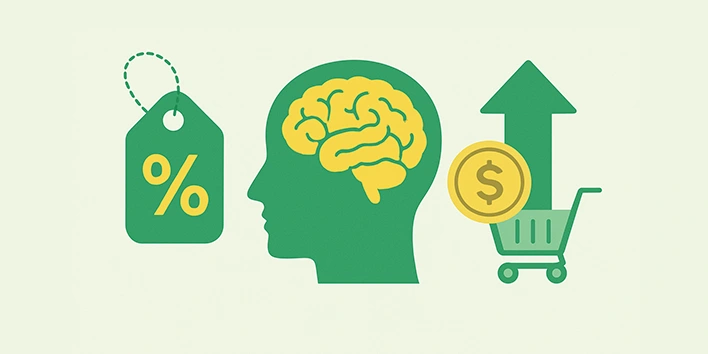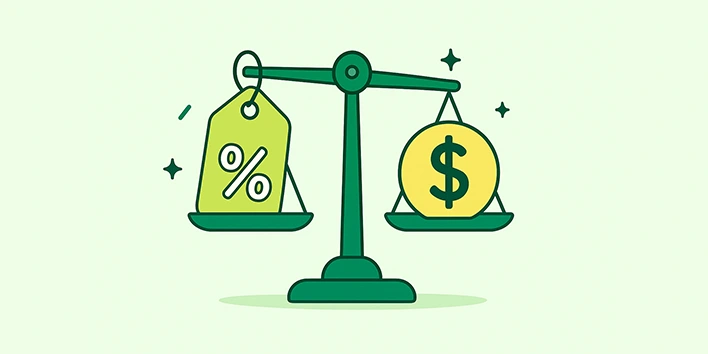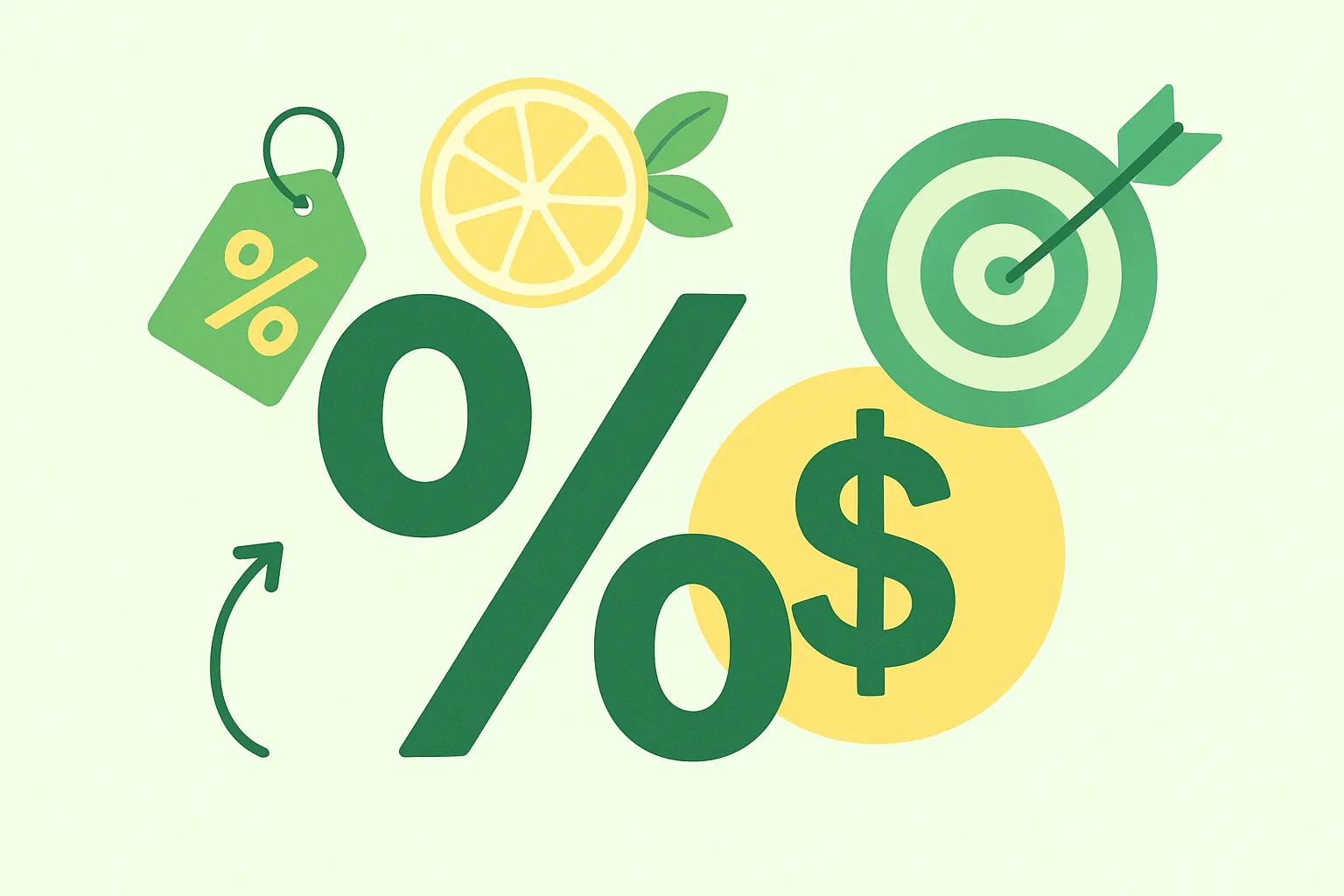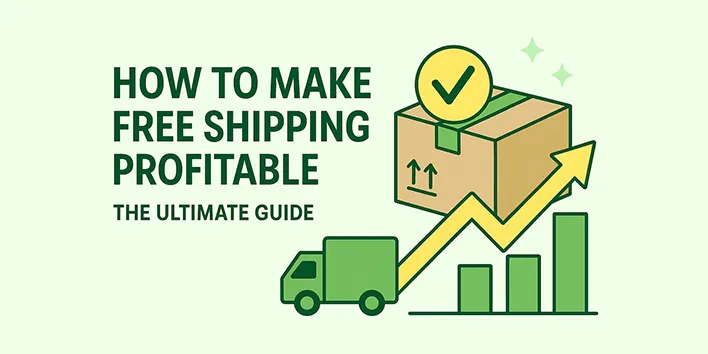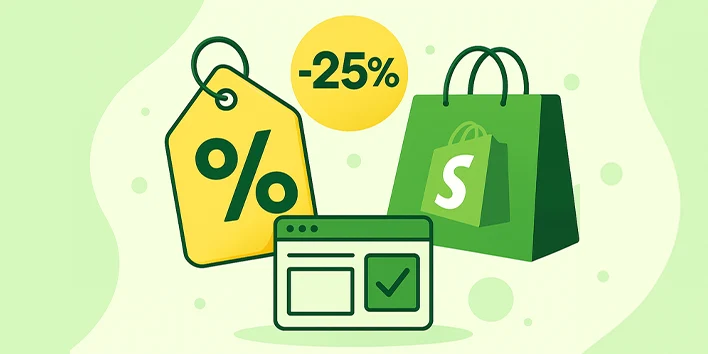Imagine you deposit $2,000 in a bank, and you’re curious about how much it’ll grow by the end of the year. To figure that out, you’ll need an interest rate to calculate how much your money will be worth after one year. Now, let’s flip it. Say you’re dreaming of having $50,000 in five years. How much cash would you need to put away right now to hit that goal? And how to measure if your investment is really worth your time and money? That’s where the discount rate comes into play!
If you’re exploring different discount types, it’s good to understand how a functional discount differs from the standard discount rates used in financial calculations. Stick around to find out what is discount rate and how it can help you crash your financial goals.
What Is a Discount Rate?
You might have come across discount rates in different contexts. Here are the two main discount rate definitions in economics:
Discount Rate in Central Banking vs. Business Finance
The term 'discount rate' is basically the interest rate set by the Federal Reserve to help banks meet their short-term cash needs.
Here’s the scoop, when banks need quick cash for short-term operations, they’ve got two main options: They can either borrow from other banks without any collateral or go straight to the Fed for a short-term loan. Unlike the retail discounts offered during promotions like flash sales, the central bank discount rate impacts broader economic lending policies.
If they choose the Fed route, these loans are usually super short: 24 hours or less. This is where the 'discount rate' kicks in: it’s the interest rate the Fed charges on these ultra-short-term loans. Sounds simple, right? But this rate actually packs a punch when it comes to shaping how lending works throughout the whole economy."
Discount Rate Definition in Cash Flow
Alright, so besides the discount rate used by central banks, there's another angle to it in economic!
To really get what a discount rate meaning is, you first need to know a few basics: like the time value of money, future value, and present value.
- Time Value of Money (TVM): This just means that a dollar today is worth more than a dollar down the road. Why? Because you can invest it and let it grow over time.
- Present Value(PV): This one’s all about how much you need to put away today to hit a certain financial goal in the future. Think of it as figuring out the magic number to reach your dream goal!
- Future Value (FV): and finally this one tells you how much your cash today will be worth later if you let it grow with a set interest rate.
Alright, now that we’ve got the basics down, let’s jump right into it: the discount rate. Ever wondered why it matters? Well, the discount rate is all about figuring out the value of future cash today, because, let’s face it: money now is usually more valuable than money later. Investors use this rate in discounted cash flow (DCF) analysis to consider both the time value of money and any risks tied to their investment. And here’s the kicker: the higher the risk, the higher the discount rate. This helps investors decide if the potential returns are actually worth the ride.
Types of Discounted Rate
In addition to the cost of debt and equity, companies may also implement seasonal discounts during peak shopping periods like Black Friday to increase sales volume.
So far, we’ve break down the idea of a discounted rate in simple terms. Now, let’s take it up a notch and check out the different types of discounted rates in economics.
Cost of Debt
For big businesses, debt is a big part of their capital structure, along with equity. But what’s this ‘capital structure’ thing, anyway? It’s just a fancy way of saying how a company funds its operations and growth using different types of money.
Debt here means stuff like bonds or loans that a company takes on to keep growing. Sure, borrowing money gives them the cash they need, but it also means they’ve got to pay it back; usually with some added interest. The price tag on this borrowed money? That’s what we call the cost of debt. It’s super handy when you’re trying to figure out if an investment is worth it or when you’re dealing with cash flows tied to debt financing.
Cost of Equity
Remember how we said companies need money to grow and hit their goals? While borrowing through loans or bonds (debt) is one way to do this, there are other options: like using equity.
So, what’s the deal with the cost of equity? Let’s break it down from two sides:
- If you’re an investor, the cost of equity is the return you expect to get from putting your money into a company’s stock. Basically, it’s the payoff you’re looking for to make investing worth your while.
- If you’re the company: Using the cost of equity as your discount rate means checking that any projects or investments you take on will bring in returns that hit or beat what your shareholders expect. This way, you keep them happy and invested in your success.
Risk-Free Rate
Till now, you’ve learned about the cost of debt and the cost of equity. But the story’s far from over. Let’s check out the third piece of the puzzle: the risk-free rate.
What’s the risk-free rate all about?
It’s the rate of return on an investment that comes with zero risk! yep, zero. This rate acts as the baseline for discounting future cash flows without considering any risk factors. In other words, it’s the rock-solid starting point companies and investors use to figure out the value of investments when risk isn’t in the mix.
Hurdle Rate
The hurdle rate concept is comparable to tiered discounts, where increasing purchase quantities lead to progressively better deals.
Imagine you’re an investor or a company looking at a shiny new project or investment. Before investing in, you need to scope out if it’s worth your time (and money). That’s where the hurdle rate comes in.
It’s basically the minimum return you’d expect to make it all worthwhile. Think of it as your “let’s-do-this” line. If an investment’s expected return clears this line; boom, green light! But if it’s below the line? Nope, better to skip it and hunt for something better.
Discount Rates Applied to Shopify Stores
Even though discount rates are often discussed in finance, they can be very practical for Shopify store owners. By thinking of a percentage-off promotion or seasonal sale in terms of present value, you can estimate how much revenue you might gain today versus potential future profits. For instance, offering a 10% discount to loyal customers can increase immediate sales while also boosting customer lifetime value (CLV) over time.
Balancing Discount Rate with Profit and Customer Value
When planning a promotion, it’s important to balance the discount rate with your store’s margins. For example, a higher discount might drive more sales in the short term but could reduce your profit if applied too aggressively. Using tools like Discounty, Shopify owners can simulate different discount scenarios to see which combination of offers maximizes both sales and long-term customer value.
Weighted Average Cost of Capital (WACC)
So, here’s the last piece of our puzzle: the Weighted Average Cost of Capital (WACC). You might be thinking, “How does WACC fit in with discount rates?” Well, WACC is usually what companies use as the discount rate when figuring out the value of their cash flows.
In simple terms, WACC is a company’s average after-tax cost of pulling in cash from all its sources, whether that’s common stock, preferred stock, bonds, or other debt. It represents the average rate a company expects to pay to finance its business operations.
Picture this: if a company borrows money at 5% interest and offers a 10% return on investments to stockholders, WACC is like the weighted blend of those rates. This helps companies figure out if investing in new projects makes sense compared to their overall cost of financing.
Discount Rate Formula in Discounted Cash Flow Analysis
We kicked things off with discounted rates in central banks, then cruised over to discount rates in DCF analysis and checked out different types of discount rates. But I bet you’re still asking yourself, “Okay, but how do you actually calculate the discount rate what is the discount rate formula?
Well, good news! that's exactly what we’re getting into! Keep scrolling
Discounted Rate: DR = ( FV ÷ PV ) 1/n - 1
- FV = Future value of cash flow
- PV = Present value
- (n) = Number of years until the FV
let’s say you’re trying to figure out the discount rate for a particular investment. You’ve got some key variables to work with, like these
Using the above formula, the discount rate for this investment is approximately 3.82% per year. Wondering if it's actually a good rate or not? Don't worry, the answer is just around the corner in the next paragraph!
Applying Discount Rates to Shopify Stores
Although discount rates are often discussed in finance, they can be very practical for Shopify store owners. Thinking of a percentage-off promotion or seasonal sale in terms of present value allows you to estimate how much revenue you might gain today versus potential future profits. For example, offering a 10% discount to loyal customers can increase immediate sales while also boosting their lifetime value (CLV) over time.
Smart Discount Strategies for Long-Term Success
Think of your discount campaigns like a financial investment: just as investors consider risk and minimum return (hurdle rate), Shopify store owners should evaluate the expected profit from each discount. Combining percentage discounts with offers like free shipping or bonus products can increase perceived value, boost sales, and strengthen customer loyalty—all while keeping your margins intact.
Practical Examples with Numbers
To make this concrete, imagine a Shopify store runs a $500 sale with a 10% discount. Using basic PV/FV calculations, you can determine how this promotion affects immediate revenue and long-term profits. Understanding the real financial impact helps you design smarter campaigns and avoid over-discounting, keeping your store profitable while still attracting customers.
Using Discounty to Manage and Optimize Discounts
For Shopify merchants, apps like Discounty make applying discounts easier and smarter. Whether it’s volume discounts, automatic minimum cart discounts, or multi-offer discounts, Discounty helps you calculate the most effective rate for each promotion. This ensures that your discount strategy is aligned with your revenue goals and minimizes the risk of over-discounting.
Balancing Discount Rates and Profit
It’s important to balance your discount rate with your store’s profit margins. A higher discount might drive more sales in the short term but reduce overall profitability if not planned carefully. Tools like Discounty allow Shopify merchants to simulate different discount scenarios, showing which combination of offers maximizes both immediate revenue and long-term customer value.
Conclusion: What Is a Good Discount Rate in Economics?
You’ve probably heard discount rates thrown around in contexts like retail, economics, or central banks. But when it comes to economics, what makes a discount rate “good”?
well, a good discount rate matches a company’s cost of capital or required return. Most businesses aim for 6% to 12%, depending on the investment risk.
- Higher Discount Rates: More risk, lower present value of future cash. It’s like saying, “Not too sure about this,” so you need a cushion.
- Lower Discount Rates: Less risk, higher present value. You’re more confident that future earnings will show up.
It’s all about finding that balance between risk and reward!
FAQ About Discount Rates
1. Is 10% a good discount rate?
10% discount rate is pretty standard. It falls right in that usual 6% to 12% range companies use to size up investments. It shows a medium level of risk, higher than what you’d see with safe bets but lower than rates for risky moves. So, is 10% “good”? Well, that depends on the project, the industry, and what’s going on in the economy at the time.
2. Is a high discount rate good?
A high discount rate usually means a project, company, or investment is seen as high-risk. Why? Because the discount rate shows how uncertain or risky those future cash flows are expected to be.
3.What discount rate to use for npv?
For NPV, use a discount rate that reflects your cost of capital (WACC), adjusted for project risk. It should account for opportunity cost and required return, like a company’s hurdle rate.
5.what is a good discount rate؟
A good discount rate balances risk and expected return, typically 6–12% for medium-risk projects.


